Determining orchid disease and prescribing the right medicine can be very difficult. The best action in such cases is to treat the plant with a powerful extended-action agent. The universal medicine is Fitosporin. At the heart of the drug is hay stick. It fights the growth of bacteria and, importantly enough, begins its action immediately after use. In addition, it prevents the propagation of pathogens of many plant diseases.
Content
Description and form of release of the drug
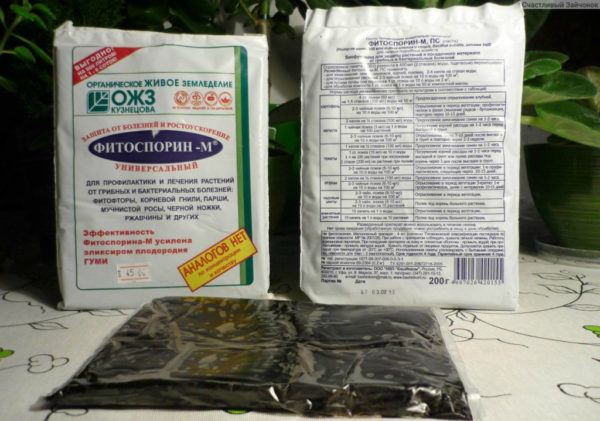
Phytosporin for orchids is a relatively new drug of organic origin, consisting of living bacteria. It is very effective in controlling most known diseases and parasites. The effect has a negative effect on a number of bacterial and fungal infections. Phytosporin is an important helper for people who have exotic plants such as orchids on their windowsill, because these flowers need regular care and prevention from diseases.
On the market, Fitosporin exists in three forms. The effectiveness of the drug does not depend on the form of release, in any case it is equally good. The difference is in the preparation of the composition. Everyone can choose for themselves the appropriate form of release of the drug. Fitosporin should be diluted according to the instructions.
Release Forms:
- Powder. During long-term storage does not lose its properties. Of the minuses - the powder form is poorly soluble in water. To dissolve it, pre-soak the powder.
- Paste. It is sold in packaged packages and are in the form of cakes. The paste is stored for a long time and easily dissolves in water.
- Phytosporin in the liquid state is the most sparing option for indoor plants. How to dilute Fitosporin is indicated on the package.
Apply to orchids in any form.
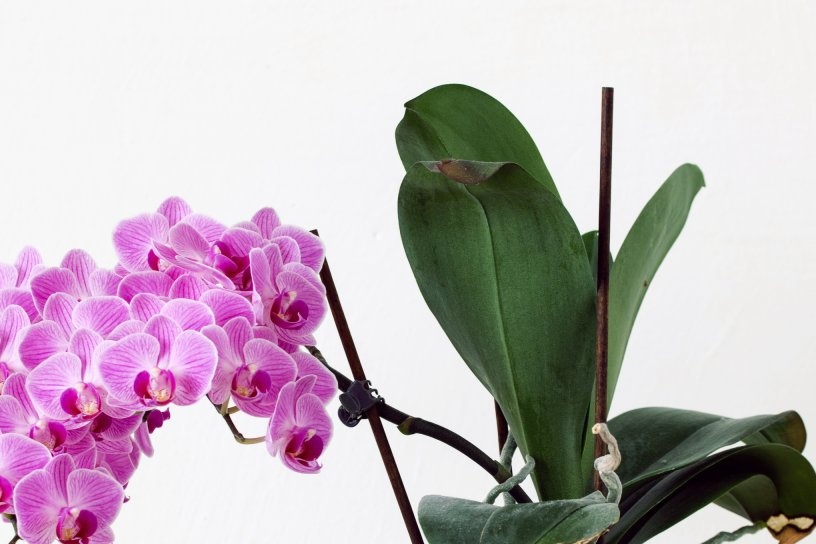 You may be interested in:
You may be interested in:Indications for use
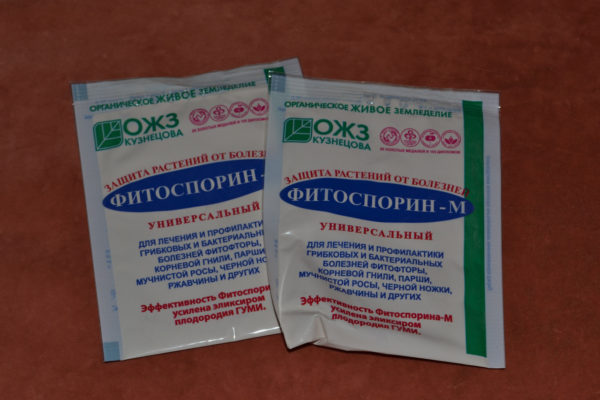
The basis of Fitosporin is a spore culture that prevents the reproduction of bacteria in organisms, and afterwards completely eliminates them. One of the main advantages - Fitosporin very quickly begins to act on infections.
Although the use of the drug is very common, but it is not a cure for all diseases. The benefits of using Fitosporin are not always equally noticeable, it directly depends on the severity and time of the disease. On average, performance indicators vary from 70 to 97%. These are excellent indicators, if we take into account that the drug is of organic origin, practically has no contraindications.
Advantages:
- A very important advantage of this drug is the preservation of useful properties at large temperature differences. When freezing or other conditions unsuitable for the drug, the bacteria stop their activity and become spore-like, when the conditions return to normal (during defrosting), it is reactivated and continues to fight against fungi and bacteria.
- There is Fitosporin with a humic bioactive fertilizer, as indicated in the composition.It should be taken into account that a substance with the addition of humic acids favorably affects only the roots, if you use such an additive when spraying, then it will not bring any benefit.
Fitosporin can be used no matter what stage the plant is currently at. Manufacturers of the drug indicate that it is safe to use even directly during the harvest.
The drug has one rather significant drawback: the main active component of the substance does not tolerate and dies from direct sunlight. That is why it is advised to carry out procedures using this drug in cloudy weather or in the evening.
Uses for orchids
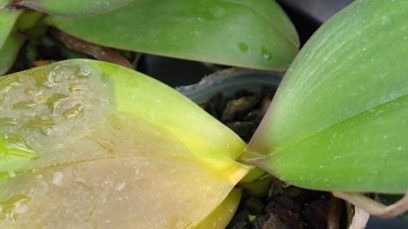
The drug is used to rid the plant of parasites, treat most plant diseases, with a view to prevention. The effectiveness of the substance depends on the severity of the disease and the time elapsed since infection. With a serious and neglected disease without potent preparations containing chemicals in the composition, good results will not be achieved. But even in this case, Fitosporin is useful and speeds up the rehabilitation process. It has a positive effect on plant immunity, which is very important after a serious illness.
When using Fitosporin M for orchids, the following unpleasant problems can be solved:
- scab;
- rotting of the roots;
- withering;
- late blight.
Experienced indoor plant lovers use Phytosporin before and during planting or transplanting. It is also indispensable during the flowering period. But if the orchid is badly affected by diseases or pests, then this drug will not help. Here, chemicals will come to the rescue, and Fitosporin is used as an additional preparation for chemistry, it will help the plant recover faster.
It is impossible to harm Phytosporin orchid. Even if you exceed all permissible standards in the processing of orchids, nothing bad will happen to the flower.
To activate bacteria, leave the solution of the drug for several hours after dissolving in water. Some advise to treat the plant or soil underneath with the powder form, but this is useless. Bacteria, which are the main active ingredient in the preparation, are activated only after dissolution in water. To facilitate the life of lovers of indoor plants, Fitosporin was invented in a diluted, liquid form. After purchase, such a drug can be used immediately without wasting time creating a solution.
The main component of Fitosporin hay bacillus is quite common in wildlife. These bacteria have often been used in scientific research. More recently, hay bacillus was considered almost a poison for the human body. But scientists conducted more than one hundred experiments and proved that these bacteria are even useful for all living things and humans, including:
- They prevent the reproduction of most known types of microbes and fungi.
- This culture is used both in agriculture and in veterinary medicine and even in the food industry.
The pasty form of Fitosporin needs to be thoroughly dissolved and in order for the bacteria to finally become active, it is necessary to allow such a solution to stand for several days. And before use, dilute the concentrate again. Using pasta is considered a more economical way than diluting the powder. Diluted pasta can be stored for six months, should not be kept longer.
It is advisable to treat the plant with this drug in cloudy weather or in the evening, since the substance can be washed off in the rain, and in bright sunlight the beneficial bacteria die.The best time for such a procedure is the first few hours after rain, in the early morning hours or after sunset.
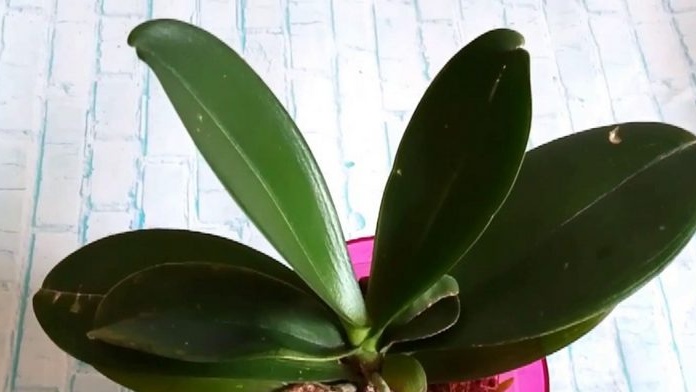 You may be interested in:
You may be interested in:Fitosporin for orchids - salvation secrets:
- For spraying, the drug should be used once every two weeks, provided that there is no rain. And with high humidity once a week.
- Plants that grow in the house are watered under the root with a diluted solution once a month.
- flower crops, including orchids, can be processed by briefly soaking them, making them a small bath.
- For prophylaxis, use Fitosporin twice a year in spring and autumn.
- Another drug can be used as an assistant in the restoration of plants in the treatment of chemicals.
Precautions and help with intoxication
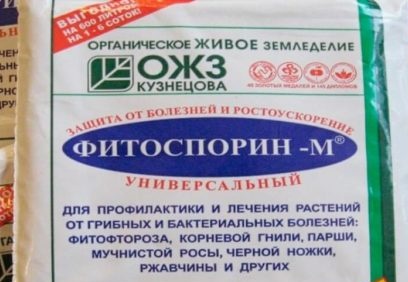
During use, the substance should be prevented from entering the human body. Do not combine the use of the drug with lunch or smoking. To safely carry out the processing procedure, you need to take care of the clothes in advance. It should be a special suit and a respirator. Wear rubber boots on your feet and rubber or latex gloves on your hands.
In case of contact with eyes, rinse thoroughly with water. In case of contact with exposed areas of the body, it is necessary to treat them with soap. In case of poisoning by inhaled vapors, provide the victim with free access of oxygen. If the substance somehow got into the body, it is necessary to wash the stomach and be sure to consult a doctor.
Store Fitosporin, like any substance for the treatment of plants, in a place inaccessible to children and animals, in a warm, dry and dark room. Do not store food or medicine in the immediate vicinity of the substance.
Processing orchids during flowering and possible errors
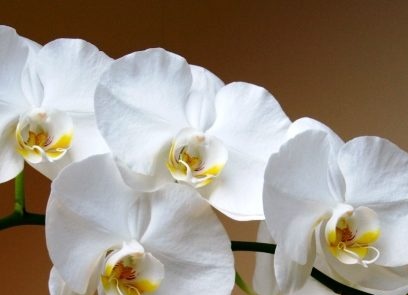
Is it possible to process a blooming orchid? Definitely yes. In general, there is no specific period for its use, it will not harm at any stage of plant growth. But just like that, for no apparent reason, do not abuse Phytosporin.
Orchid processing is necessary if:
- formation of rot is observed;
- blackleg;
- the plant fades;
- the appearance of late blight.
Customer reviews on the use of Fitosporin indicate that the drug has worked well both among gardeners and gardeners. With proper use, orchids and Fitosporin will become inseparable.
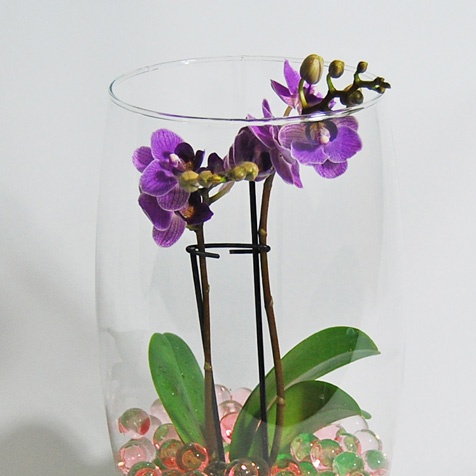 You may be interested in:
You may be interested in:The most suitable analogue can be called Trichodermin. Use it in the same cases with the same diseases as Fitosporin.
With success, the drug fights against fusarium and powdery mildew. Its difference from Fitosporin is that it does not possess organic substances and does not contain viable bacteria. This suggests that there is as yet no full-fledged analogue of Fitosporin.
It is very important to keep in mind with what additives, fertilizers or medical preparations Phytosporin can be combined. They are produced in large quantities, here are just a few of them:
- Triallate;
- TMTD;
- Decis.
This substance can be used in conjunction with plant growth stimulants, for example, Epin and Zircon. If there is alkali in preparations to be used together with Fitosporin, it is better to use these substances separately.
Orchid is very popular among Russian flower growers. With the provision of competent and timely care, problems with orchids can be avoided.
Like a person, any disease in a plant must be treated as soon as possible. With any deviation from the norm in the growth of orchids, you immediately need to start therapeutic treatment of your favorite flower. This will help the plant cope with the disease or parasites without harm to the immune system, without the use of chemistry. Do not forget that preventive measures performed on time are the best treatment. In both treatment and prophylaxis, Fitosporin is the best helper to fight most diseases.
The preparation is followed by instructions for use, which describe in detail all the subtleties of working with it. This allows the beginner to understand the use of the medicine. Buyers will be pleased, and the price of Fitosporin and this cannot but please all lovers of orchids and other plants.

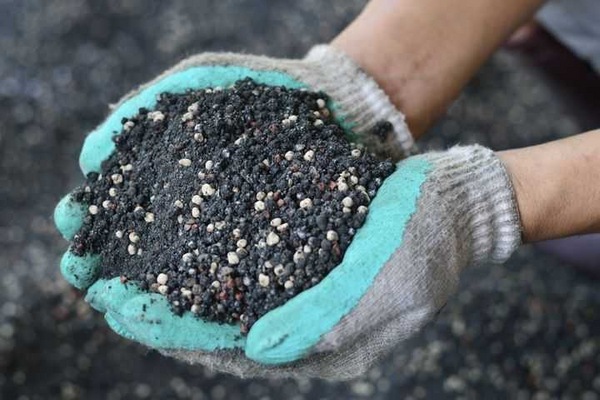
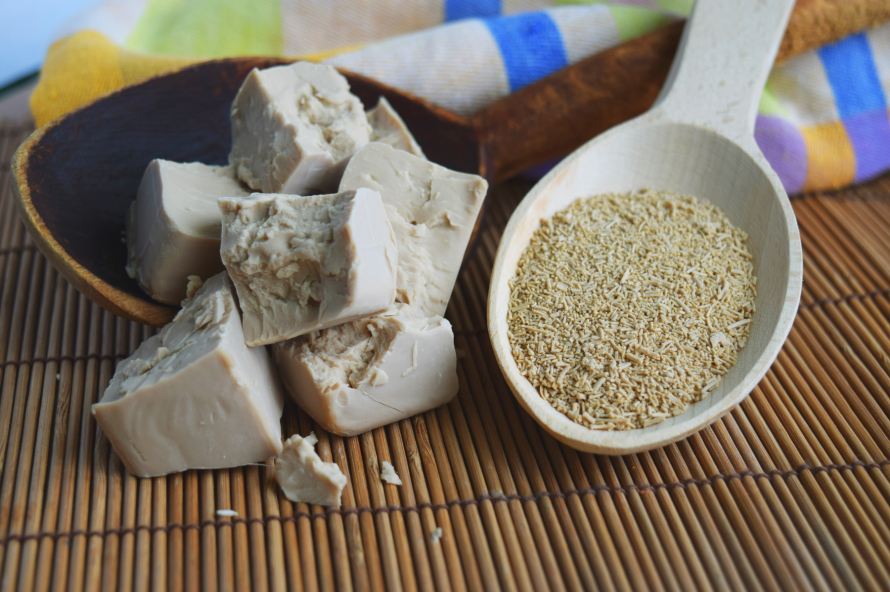
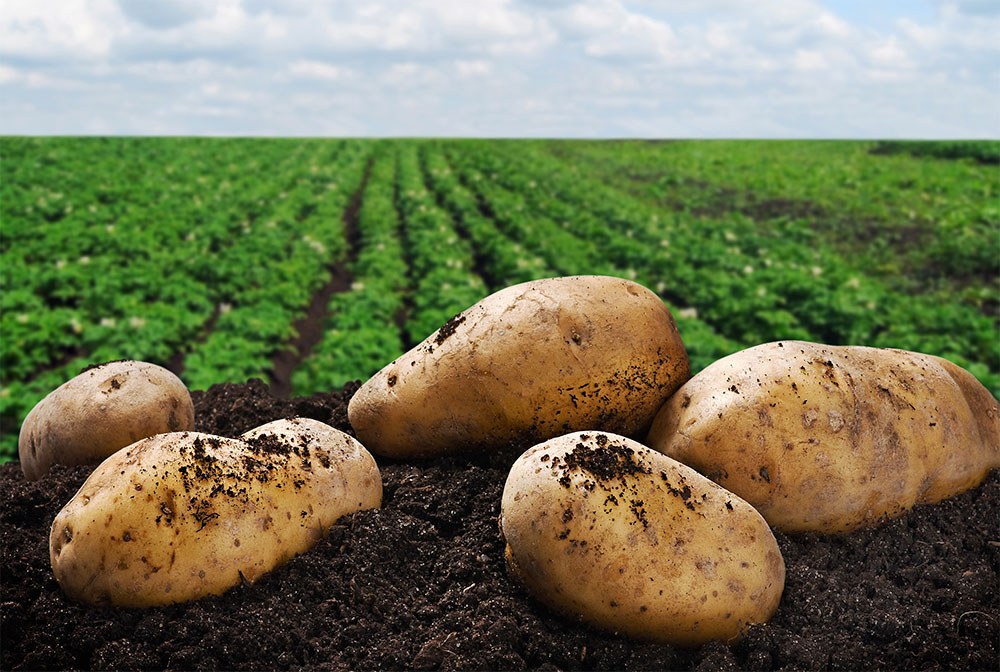
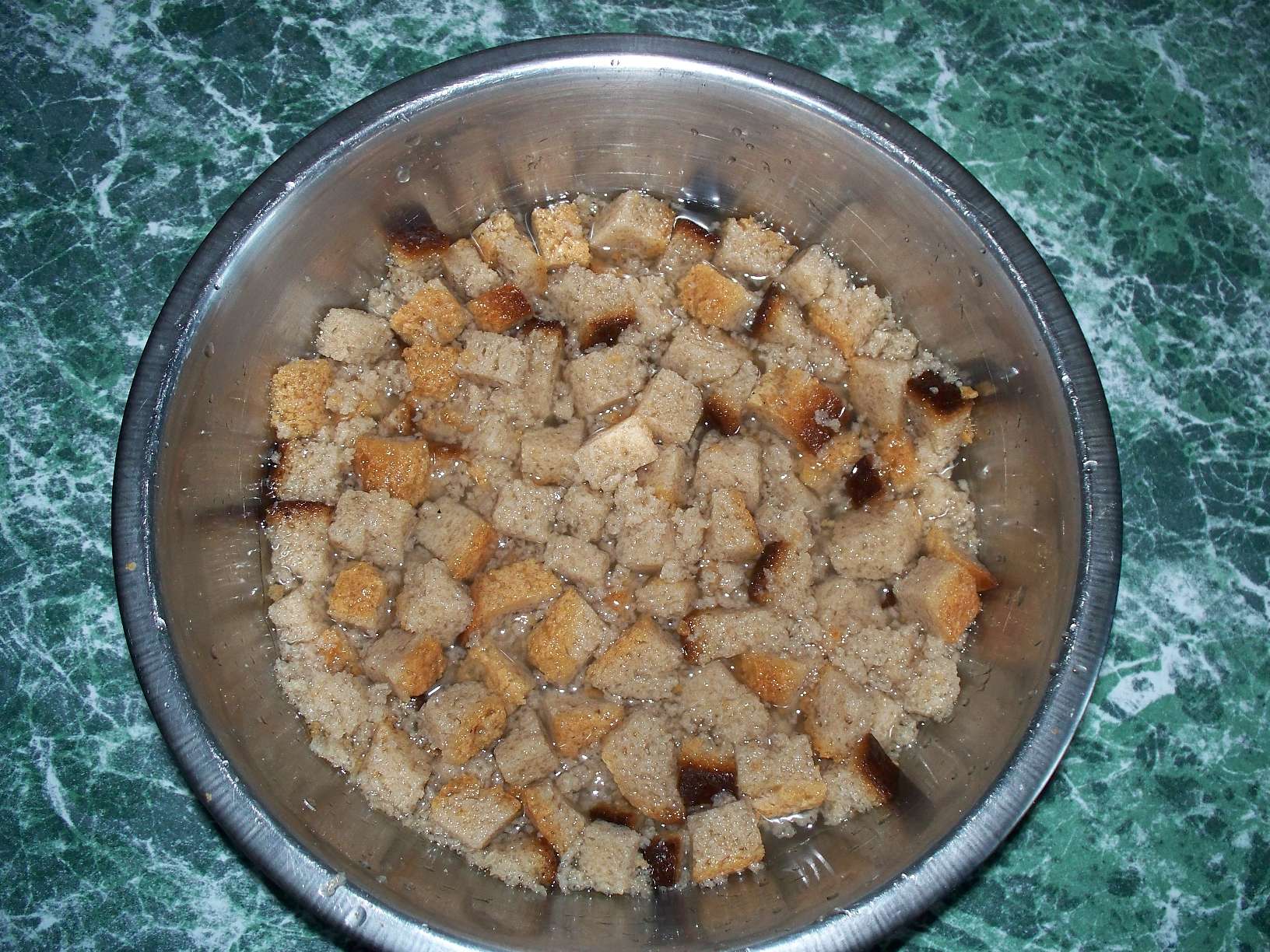 How to make bread infusion for feeding cucumbers
How to make bread infusion for feeding cucumbers Superphosphate: what is it and how to apply it
Superphosphate: what is it and how to apply it What problems can be expected from siderats?
What problems can be expected from siderats? Secrets of the collection, storage and use of eggshells in the garden
Secrets of the collection, storage and use of eggshells in the garden